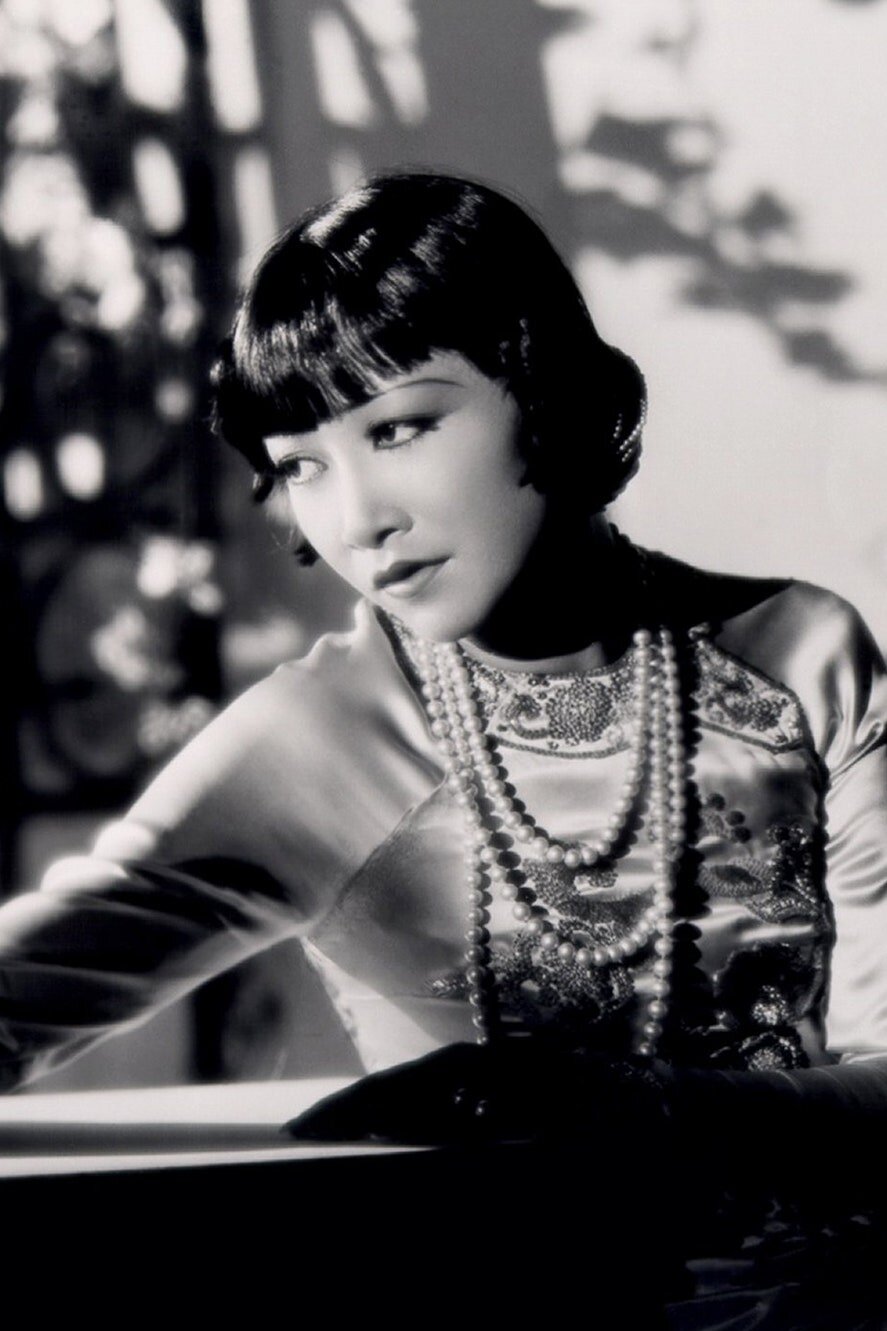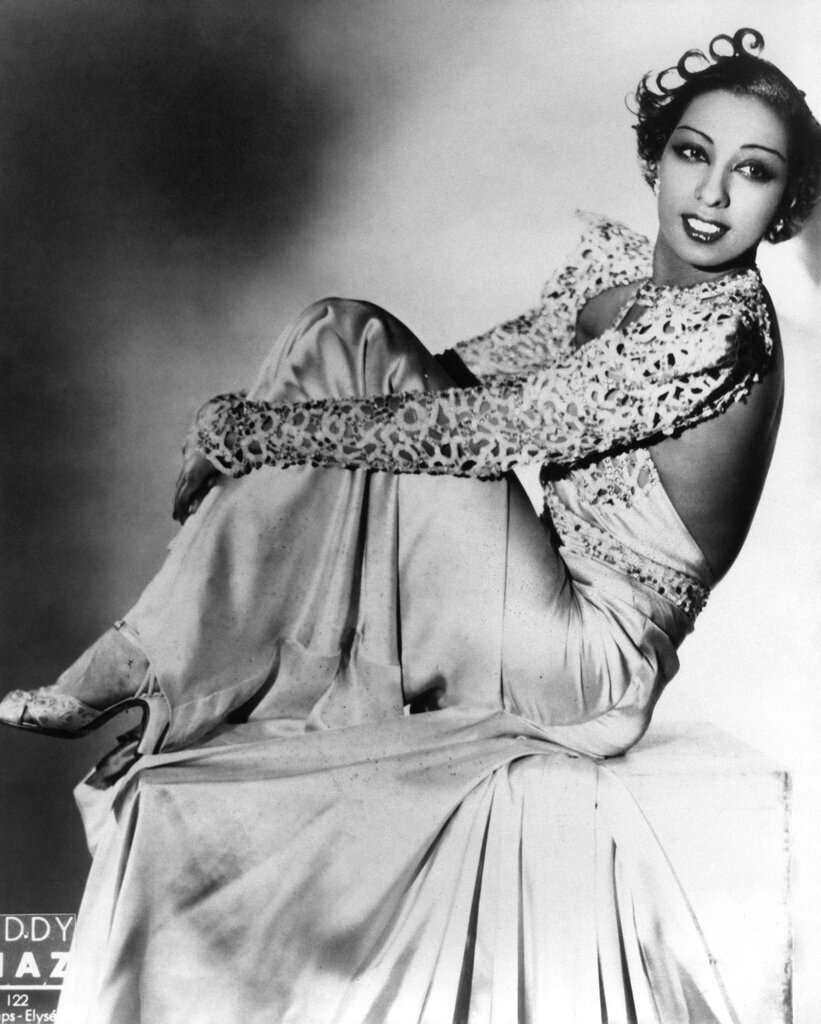Lana, Glamour and White Privilege
Lana Del Rey said a lot of things on Instagram. Apparently, she thinks that she’s reviled by female critics (she wasn’t, but she certainly is now), and that women like Nicki Minaj and Beyoncé have it easier in the music business than her, a conventionally attractive skinny rich white girl. She said that she wasn’t a feminist, but pondered if a new “third wave” of feminism could include women like her.
Long story short, Lana probably hasn’t picked up a book since she reread Lolita for the millionth time to write a song about it.
One line, in particular, stood out to me. When discussing how critics (eight years ago) chastised her for glamourising abusive relationships and drug use (which she does do; that’s the appeal), she said that she was simply a glamourous person. This sentence alone would have been embarrassing enough, but by posting it in such close proximity to her criticisms of women like Cardi B, Kehlani, Nicki Minaj and Beyoncé who sing about “being sexy, wearing no clothes, fucking, cheating etc.” The implication is clear; Lana Del Rey doesn’t think that women of colour and black women are glamorous.
(She also doesn’t think Ariana Grande is glamourous, but let’s not go there, I’ve already talked about blackfishing. Also based on her recent insta story, she doesn’t think that Ariana Grande is 100% white ??? Anyway, stream Rain On Me, it’s a banger).
What exactly is glamour to Lana Del Rey? What exactly is glamour? From witches to a Fergie song somehow being used for a school choir in Gossip Girl, let’s have a look at the concept of glamour, and how it inherently excludes women of colour.
The concept of glamour originated in the 13th Century, used in the poetry of Sir Walter Scott to describe witchy magic and enchanting spells. Glamour was literally otherworldly. The word began to shed its witchy origins in the 18th Century, but it wasn’t until the 30s where the word was fully embraced, particularly in Hollywood circles. Glamour was the new vamp. A heavy-lidded emotionally distant minimally expressive girl sat in the corner smoking. She wasn’t the fresh face ingénue like Janet Gaynor or Lillian Gish. She was Joan Crawford or Greta Garbo. Vanity Fair editor Clare Boothe Brokaw argued that the rise of the sullen nonchalant glamour girl and the fall of the sweet ingénues like Mary Pickford represented the fall of American Sentimentalism following The Great Depression.
In the 30’s, the magazine Vanity Fair actively worked towards making glamour not inherent, but aspirational. They would post before and after pictures of celebrities, compare news camera stills to professional photographs, showing the American woman that glamour is something that can be bought – and something that Vanity Fair can sell. It is aspirational and (with enough money), achievable. Glamour became the new American Dream. This image persisted through the century; in 2004 Joseph Rosa, in the catalogue for the exhibition “Glamour: Fashion, Industrial Design, Architecture,” wrote that “glamour embraces elegance as well as aspiration, upward mobility, the flexibility of class boundaries and the state of being self-made, both monetarily and culturally.”
Of course, we all know that’s not true. Sure, Greta Garbo became Hollywood’s biggest and most glamorous name despite a childhood of poverty, and Marilyn Monroe became the ultimate glamour symbol when she shed her old name and old life of foster homes and abuse. Garbo and Monroe are the exceptions, not the rule.
The fact is, we all know it’s a lot easier to be glamorous if you have money, and it’s a lot easier to have money if you’re born with it, and it’s a lot easier to be born with it if you’re white. Lana Del Rey is surely aware of this herself; like Norma Jean, she shed her old name (Elizabeth Grant) and created a backstory of struggle, only to appear as a glamorous phoenix from the ashes of hardship. The truth is, Elizabeth Grant was born rich and white – she wouldn’t have the opportunity to be glamorous without her upbringing.
Josephine Baker, despite being the literal daughter of slaves, a genuine aspirational rags to riches story, was not glamorous. She was described as “exotic,” “primitive,” and “savage.” Similarly, Anna May Wong’s vampy aesthetic wasn’t treated as glamorous, like her white colleagues. She was the “exotic dragon lady” supporting actress. The Hayes Code banned interracial romances on screen, thus women of colour were rarely given the opportunity to be viewed as the glamorous leading lady.
If glamour is the myth of The American Dream – that anyone, with a little hard work, can become whatever they want – then, much like the actual American Dream, it’s not the same for people of colour. The original American Dream, of building America out of nothing, was actually built on the back of slavery and the genocide of Native Americans. The American Dream continues to shit on people of colour and working-class citizens as the US continues to do poorly in upward mobility while the rich only get richer.
Lana Del Rey citing herself as glamorous, fragile and delicate while othering women of colour as “strong,” goes hand in hand with a long tradition of viewing white women as glamourous and women of colour as exotic. Beauty standards continue to be Eurocentric, and to be glamorous – an aspirational beauty desired by men – continues to be a white phenomenon.
Also, fuck you Lana, have you seen Beyoncé?




